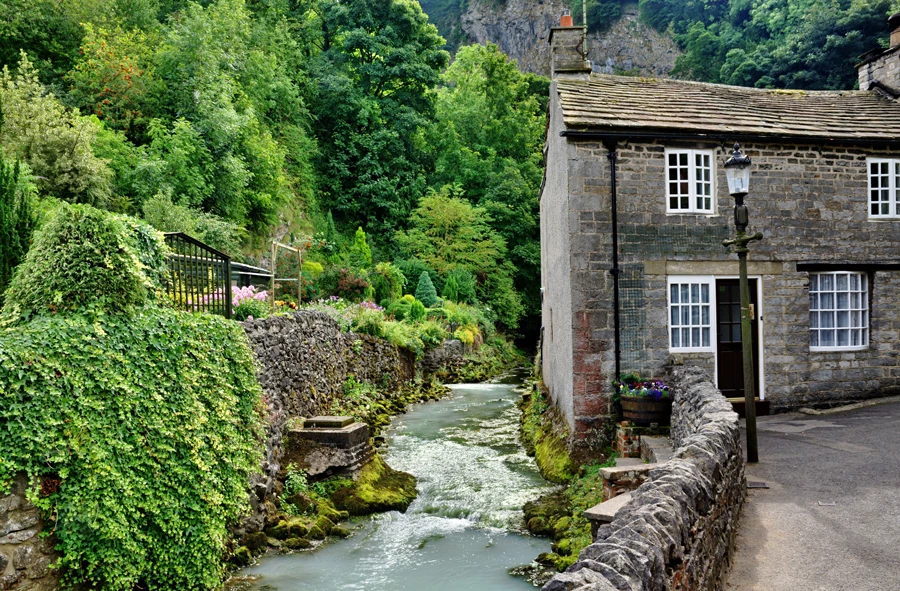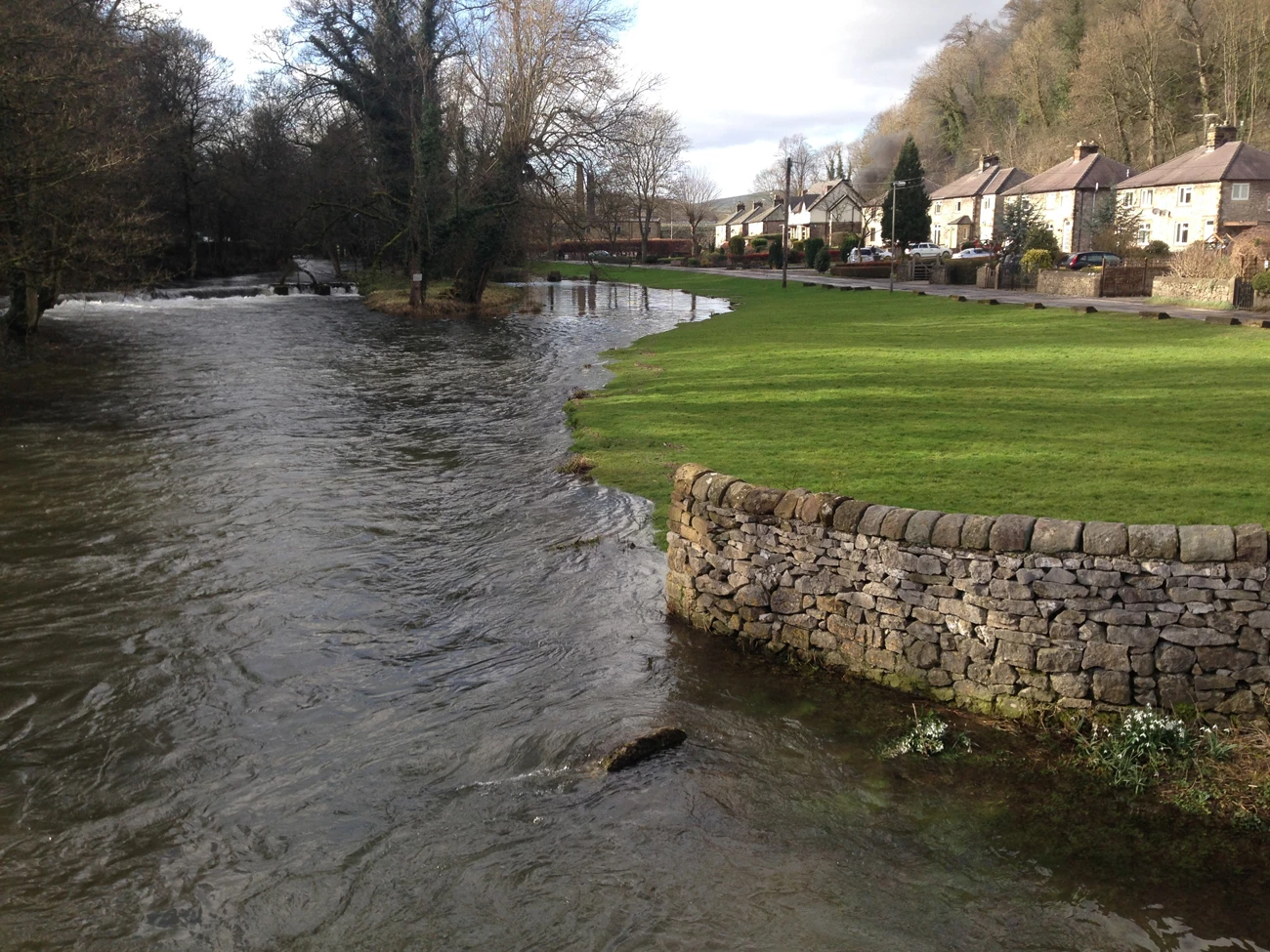19/11/2019 | Category: Home Insurance

The UK is renowned for its rain. We get plenty of it and love to talk about it.
But as climate change brings more extremes in our weather, we’re not just dealing with rainy days. There’s also an increased risk of flooding in the UK. And if you live in a flood risk area, this can be a real worry -– both emotionally and financially.
How much of the UK is at risk of flooding?
According to figures from the Environment Agency, 5.2 million homes are at risk of flooding in England.
However, of those 5.2 million, less than 10% believe they are at risk of flooding and even fewer have plans in place setting out how they would respond if their house was flooded. Just to put that figure into perspective, a YouGov poll revealed that more than 10% of people have a plan about what to do in the event of a zombie apocalypse. We kid you not.
There’s plenty of evidence about how much of a risk flooding has become for the UK. For example, you are statistically more likely to get flooded than burgled. And in England, about £600m a year is spent on building and maintaining flood defences (the Environment Agency has called for that figure to be increased to £1 billion as climate change continues to impact our weather).
How can I protect my home from flooding?
Having non-standard home insurance in place can help with the financial cost of a flooded home, but the emotional impact is much harder to overcome.
However, there are things you can do to take back some control of living in a flood risk area. If you think you are living in a flood risk area, here’s what you can do.
1 Find out if you are at risk
The government’s flood risk tool is the easiest way to find out if your home is at risk of flooding.
This will help you determine how seriously you need to think about flood defences for your house. But remember, even if the tool states your home is not at risk of flooding, the data is only based on historical evidence. Global warming is throwing up all sorts of surprises so if you suspect there may be a risk, get advice on how to manage it.
2 Understand the flow of water
Water is a force to be reckoned with – especially if it is inside your home. However, you can do some preliminary work by assessing where flood water is most likely to enter your property, where it would pool, and how it would flow through the building. If there is a way water could naturally drain away from your property, make sure nothing is blocking its way.
3 Don’t get carried away with paving
There is a growing trend for homeowners to pave over front gardens in order to create extra parking space. However, getting rid of grass prevents water from draining away naturally. If you do need to pave your garden, make sure you include a good drainage system and use permeable materials.
4 Protect your property with extra drainage
Adding extra drainage at the edges of your property can help you ward off flood water when it comes.
As long as these drainage systems are kept clean and free of debris, they can help drain water before it reaches the walls of your home. However, be aware that this type of perimeter drainage can only help to a point. In situations of substantial flooding, these surface drains can often overflow.
5 Get sandbags at the ready
Sandbags are synonymous with flooding and are the most commonly used flood defence mechanism in the UK.
While they are not 100% effective at keeping water from entering a property, they do slow down the flow and can help divert it away from your house. The benefits of sandbags are that they are cheap and easy to install. Keep a stock in your garage or shed so you are ready for any flash floods.
6 Research the best flood resistance products for your home
There are a number of additions you can make to your house to increase your flood defences.
- Self-sealing air bricks: Flood water often enters properties through air bricks (the vents that prevent moisture build-up and damp problems in flooring). However, by installing self-sealing air bricks, moisture can escape but water cannot enter. They contain balls which rise with the water level to seal off the holes during flooding.
- Flood-proof doors: Another good defence mechanism – as long as the door stays closed, water will not enter your property.
- Concrete floors: By combining a concrete floor with damp proof membranes, you can create flooring that can resist absorbing water for longer than wooden flooring or carpet. The downside is that concrete floors take longer to dry out once moisture has been absorbed.
- Raised electrical sockets: Moving plug sockets up the wall and away from the ground will keep your property’s electrics safe and reduce the cost if your home does flood. The same goes for any electrical items like wall-mounted TVs or speakers – the higher, the better.
7 Check your insurance
It’s important to check your home insurance – especially if you live in a high flood risk area. If you have buildings and contents insurance, make sure that flood damage is included in the cover.
You may find this is not the case and that you need a non-standard home insurance policy. If you are finding it hard to find affordable insurance for your home, get in touch with a provider such as Insurance Choice to get the cover you require.
8 Research your local flood help points
Areas that are prone to flooding often have flood groups and community hubs in place. These provide food, clothing, shelter and advice during a flood. Get in touch with the National Flood Forum to find your local support groups.
The climate is changing and so too is the risk of flooding in the UK. If you live in an area that is at risk of flooding and are struggling to insure your home, get in touch with the team at Insurance Choice.
We specialise in finding non-standard home insurance that gives you the cover you require. Speak with our specialists to get a quote today.
